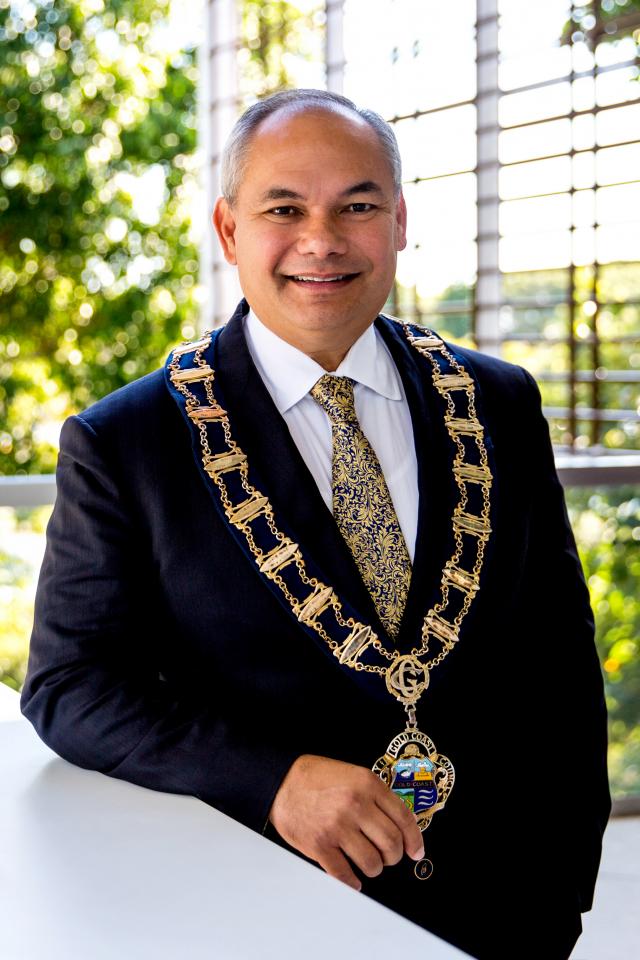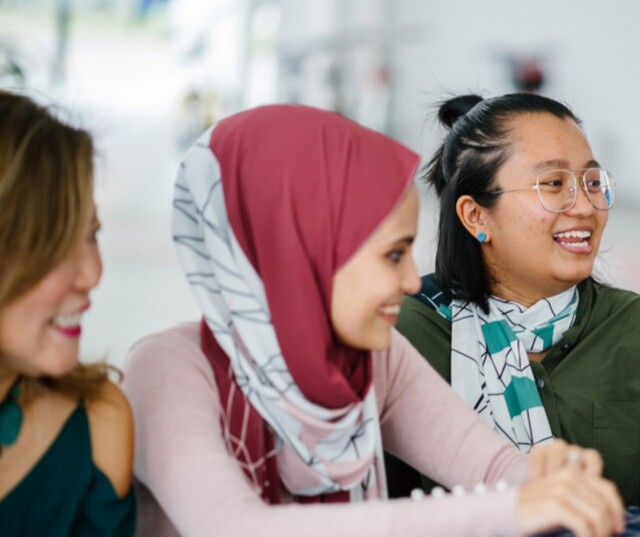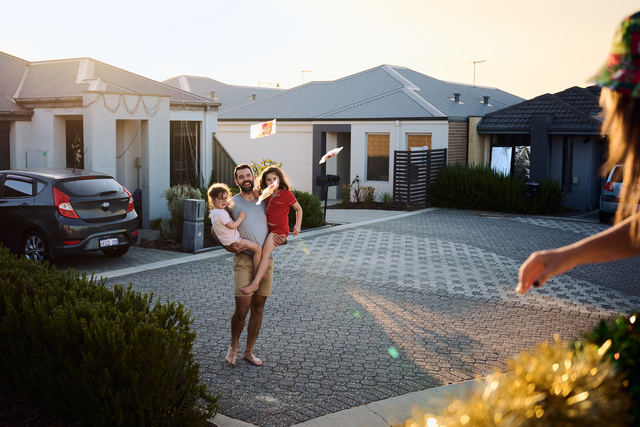Local Government Focus caught up with Gold Coast mayor Tom Tate to find out about Australia’s sixth-biggest city and its second-largest council.
Tell us about your area: What makes your council special or different?
We are the second-largest council in Australia. This is based on the number of residents we provide services for (around 660,000) as well as our $1.83 billion annual budget. Further, we welcome 13 million visitors annually so that puts extra strain on our services, parks, community halls and attractions. While managing services for both locals and tourists, is not unique to our council. The sheer volume of the number of visitors we welcome annually means we must provide facilities that are truly world-class. The other unique aspect of our city is that we are a linear city, stretching from Coolangatta to Yatala and Stapylton. This presents challenges so far as creating seamless and reliable public transport, which, as we all know, remains a state responsibility. To assist, we are working with the state to fund trial bus services as well as making a substantial contribution towards light rail.
Do you have a favourite part / aspect / attraction in the council area?
Most people will say “the beaches” as we are blessed with 55km of open beaches as well as our magnificent broad water area but for me, it is the hinterland. Knowing we have this world heritage-listed rainforest and hinterland backdrop gives us such diversity .. from a stunning beach afternoon to a pre-dawn walk through waterfalls and the hinterland.
How long have you been on the council and why did you become involved in local government?
I got involved as I was a business operator in the city, as well as a former president of a key chamber of commerce in Surfers Paradise. I saw the need for better financial accountability within the council and I wanted to be part of that change, rather than just a sideline critic. I was elected mayor in 2012 and have been lucky enough to gain re-election since. Since being elected, I have worked with councillors to drive our debt down from around $880m (in 2012) to today’s debt of around $670m. Importantly, we have achieved this while still hosting the GC2018 Commonwealth Games and building multi-million-dollar community facilities. Recent examples of our city’s investment in community facilities includes $135m for our HOTA arts and cultural precinct (no supporting financial investment from either the State or Federal Governments) as well as a $90m sports hub at Pimpama and a new Palm Beach Aquatic Centre (under way now at a cost of $70m).
Do you have another job? Tell us about that and how it contributes to your role/views as a councillor.
My other job is being a good husband to mayoress Ruth Tate. I’ve still got some learning to do there after 40-plus years but I feel I’m getting better at it.
What activities do enjoy outside of work hours?
I love keeping fit and gym training is what I enjoy. I prefer heavy weightlifting rather than aerobic-style weight programs. Cars are also a passion so I have to be careful not to get too excited in buying and selling cars as there is a limit to how many fit in the home garage.
What are the key challenges facing you and your council?
In the past 10 years, we have kept every annual rate increase at, or below, CPI. That record is a proud achievement for all councillors and we plan to ensure that remains the case. The new CEO, Tim Baker, has laid out a road map of significant reform for our administration. That is a key priority as we look for efficiencies in every aspect of our business. I’m delighted that Tim is keeping every employee engaged through the process as well as the elected arm of the council.
What innovative projects or policies is the council working on?
Major changes to our waste management and recycling areas are being proposed. This will be decided as part of the broader administrative reform. Like many councils, we have to preserve our landfill sites and boost the recycling efforts of residents. We are also working on maximising our legacy benefits from the 2032 Olympics and Paralympics, which is a key body of work under way now. Further, we are re-working our City Transport Strategy to ensure it meets the challenges of the next five years, given the huge population growth being experienced right now. A key plank in our future transport strategy is to complete the light rail system all the way from Helensvale to the airport and Coolangatta. We must have that finished well before the 2032 Olympics and Paralympics.
Tell us about a specific success you have had in local government.
We are extremely proud to be recognised as the first regional city to ever host the Commonwealth Games. That gave us a global platform to showcase how we can manage large-scale events and festivals. Another major success has been retaining our city’s 51 per cent of green and open space, despite massive population growth over the past decade.
What is the best part about being a councillor?
Being at the coalface of decisions that impact residents, and being able to hear feedback first-hand, whether it is while I’m out having a coffee or at the footy. People love telling you their views, in a typical Aussie way, and I enjoy that immensely.
What is the worst part?
I get frustrated when levels of bureaucracy are created, simply to add another layer to what should be a simple process. It’s called red tape in old-fashioned language. As a council, we are managing to slash a fair bit of red tape at our local level but there is a lot more to be achieved in that space.
Broadly, I’d like to see the culture within the Office Independent Assessor (OIA) refreshed. The OIA cannot be allowed to hound councillors all over the state, simply because a councillor has put up a Facebook post or used a word like “frivolous” in a public speech.
Surely, the OIA was not established for that purpose. The State Government needs to ensure the OIA sticks to a more rigid charter rather than targeting councillors over such minor matters.
What upsets me is that each complaint we have to respond to costs thousands in legal fees for a council, or councillor, to defend. That is ratepayers’ money and it should be better spent on shade sails over children’s playgrounds rather than on OIA legal defence.
What do you hope to accomplish in the future?
I want to continue to drive our debt levels down, which we are doing. I also want to ensure the focus of our council remains on frontline services. The reforms being drafted now for our council will go a long way towards creating a modern, responsive and agile council for our 660,000 residents.








